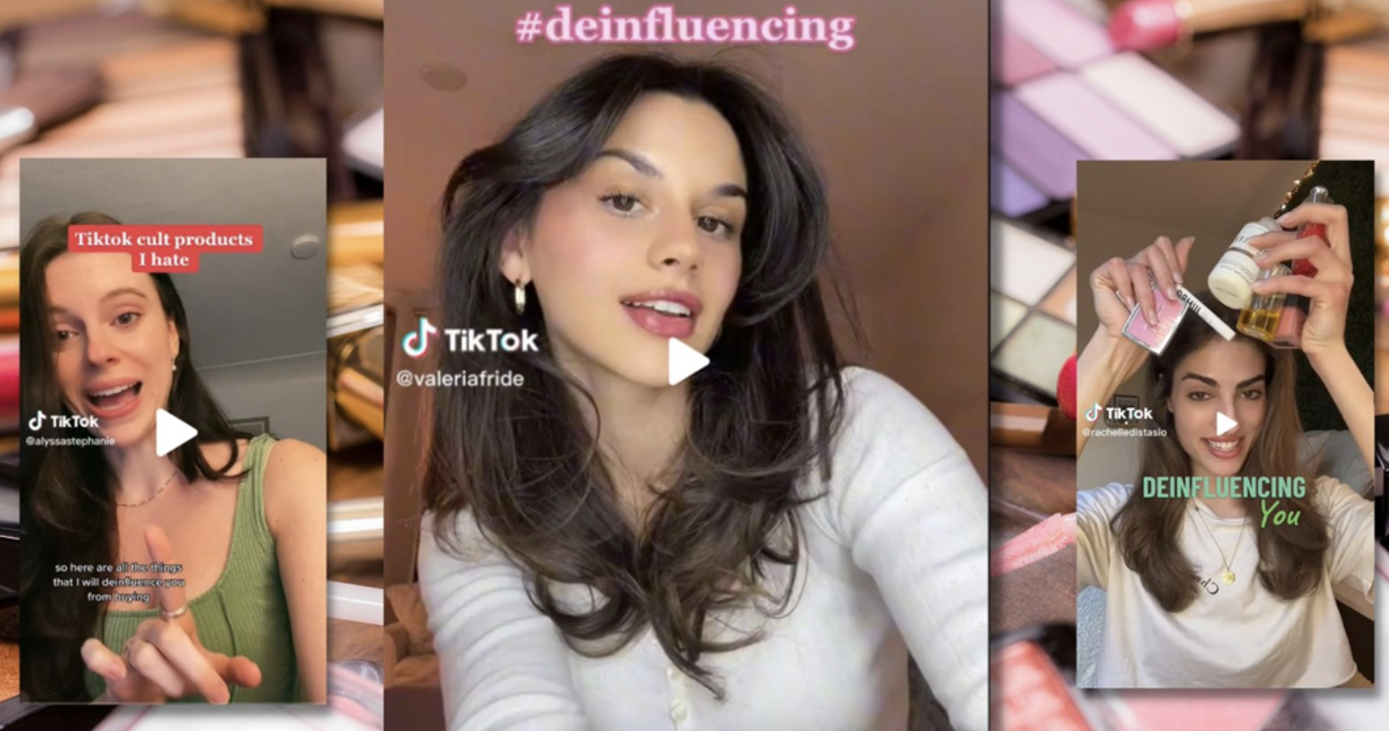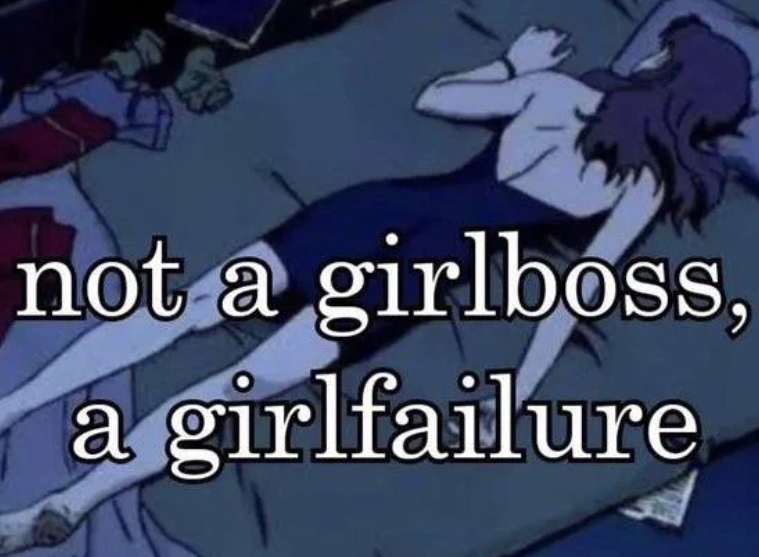The De-Influencer Revolution
Megan Hotson
04/06/23

We have all been victim to the irresistible impulse to buy something we have just seen online because ‘everyone else has it’ or, is at least talking about it.
In recent years, the term "influencer" has become ubiquitous in popular culture, and as such our society’s consumption patterns are becoming increasingly guided or impacted by how influencers live, and what they buy.
However, a new narrative is now emerging across platforms like TikTok that has been created by a new group of creators, dubbed the ‘De-influencers’. This narrative sees creators call out FAD products or trends that they feel are not worth the hype (or money)!
This trend stems from the realisation that conspicuous consumption is not feasible in the context of a recession, alongside the desire from consumers to lean into a new culture of transparency online.
A Cost of influencing crisis
Influencers promoting “the latest” or “greatest” products are fast losing traction as consumers at large cannot afford to put their wallets on the line to consume conspicuously.
Recognising the prevalent ‘Cost of influencing crisis’, several influencers have taken up ‘De-influencing’ to show an understanding and appreciation of the economic climate, and how their role can adapt and change with the times to maintain relevancy. 
A sub-trend to come from this new culture of de-influencing is the growing #DUPE trend. With 2.9 billion views, dupe culture is dominating on TikTok and has become its own parody genre.
#DUPE focused content sees influencers seek and promote the lower cost beauty, health or fashion alternatives, removing the pressure to spend more to boost their social cachet.
In this way, de-influencers are normalising spending less and consuming less – helping guide a more considered and cost-effective approach to consumption online.
Transparency
De-influencer culture seeks to promote a more authentic and honest approach to social media.
Advocates of de-influencer culture encourage individuals to be more mindful of the content they consume and to seek out sources that prioritise authenticity and transparency over profit and popularity.
They also encourage individuals to resist the pressure to conform to narrow standards of beauty or lifestyle and to embrace their own unique experiences and perspectives.
A recent iteration of this perception is the rise of the ‘girlfailure’, which directly opposes the #Girlboss trope used frequently across social media. Phrases like “Not a girl boss, a girlfailure” have already become a popular theme for memes created on both twitter and Instagram.
The concept of ‘Girlfailure’ has stemmed from a general exhaustion with adopting grind culture mentalities, with over half (53%) of women globally saying their stress levels have significantly increased in the last year.
Women are craving a new narrative, or standard that creates reassurance, confirming that they do not need to strive for ‘picture perfect’ lifestyles.
The nature of influence is shifting and people now feel more connected to relatable influencers that are transparent and more aligned with their fans and the world around them.
Key Takeaways:
- The current state of the macro-economic climate is manifesting online, and influencers are shifting toward a new narrative to help people find lower cost alternatives. Brands can lean into this new narrative, taking a civic role to guide consumers toward cost-effective, considered forms of consumption.
- De-influencing may appear as a challenge to brands, but it still presents an opportunity. Though this narrative is slowing consumption, it is a clear indicator to brands to focus on niche communities surrounding micro-influencers who have the power to create transparent content, foster more meaningful connections with their user base.


